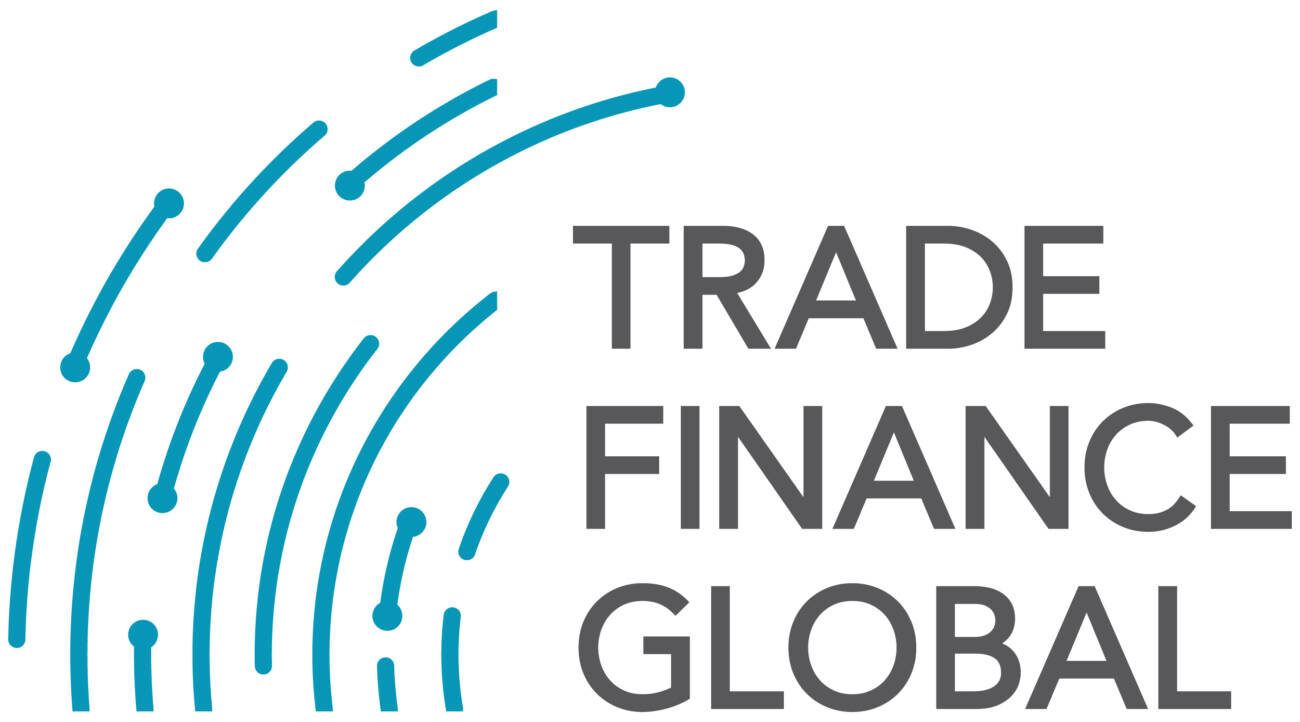Estimated reading time: 6 minutes
After COVID-19, the commodity trade finance industry experienced a period of great recovery. Trade finance covers a broad range of financing arrangements for the production, exporting and selling commodities.
In structured trade finance, this includes pre-export finance facilities, prepayment arrangements, borrowing base facilities and other structures, all of which aim to provide finance to produce goods.
However, the new normal / post-COVID-19 environment raises some common issues for borrowers across most types of trade finance facilities. A number of these issues are also relevant to corporate loans.
According to the International Chamber of Commerce (ICC), the total value of global trade finance in was more than $20 trillion. Commodity trade finance accounts for a significant portion of global trade finance, particularly in emerging markets.
In some countries, such as Brazil and Russia, commodities represent over 50% of total trade finance. The use of blockchain technology in commodity trade finance is on the rise.
According to a survey by Trade Finance Global, over 60% of respondents said they were either using or exploring blockchain solutions for trade finance. Additionally, the Global Sustainable Investment Alliance reports that the global market for sustainable finance, including green finance and sustainable finance, is expected to reach $53 trillion by 2025.
The UN estimates that achieving the Sustainable Development Goals (SDGs) will require $5-7 trillion per year in investment, with a significant portion of this investment likely to go towards sustainable commodity production and trade.
The COVID-19 pandemic had a significant impact on commodity trade finance, with disruptions to supply chains, reduced demand for commodities, and increased financial risks leading to a decline in trade finance volumes in 2020. However, the industry is expected to recover in the coming years as the global economy recovers.
Challenges faced by the commodity industry
Though trade finance products historically are safe deals, commodity trade finance has faced several challenges in recent years, including:
- Volatility: Commodity prices can fluctuate significantly, which can create financial risks for traders and lenders. These risks include credit, market, and operational risks.
- Counterparty risk: In commodity trade finance, there is always the risk that one party may fail to fulfil its contractual obligations. This risk can be particularly acute in emerging markets where legal and regulatory frameworks may be weak.
- Documentation and compliance: Commodity trade finance transactions involve a significant amount of documentation, including bills of lading, warehouse receipts, and insurance policies. Ensuring that all documentation is accurate and up to date is essential to minimising risk. Additionally, there are often complex compliance requirements related to sanctions, anti-money laundering, and other regulations.
- Access to finance: Many traders and producers in emerging markets struggle to access financing, particularly from traditional banks. This can make it difficult for them to invest in their operations or expand their businesses.
- Infrastructure: Commodity trade often depends on reliable infrastructure, including ports, rail networks, and storage facilities. However, in many emerging markets, this infrastructure is inadequate or underdeveloped, which can lead to delays and increased costs.
- Environmental and social risks: There is growing concern about the environmental and social risks associated with commodity production and trade, particularly in sectors such as agriculture, forestry, and mining. Lenders and investors need to be mindful of these risks and ensure that their financing is aligned with best practices and international standards.
Lessons learned from COVID-19
The post-COVID new normal brought some positive changes in commodity trade finance, most of them providing better and enhanced solutions. Rapidly advancing technology and digitisation showed the most promise, and the pandemic taught the world the value of IoT and remote working. Some of the post-COVID lessons and key trends include:
- Risk management: Effective risk management is essential to minimising the risks associated with commodity trade finance. This includes careful analysis of market conditions, credit risk assessment, and hedging strategies to mitigate price volatility.
- Digitalisation: The use of digital platforms can help streamline documentation and compliance processes, reducing the risk of errors and delays. Digital platforms can also improve transparency and enable better communication between parties in the supply chain.
- Collaboration: Collaboration between different stakeholders in the supply chain, including producers, traders, and financiers, can help to reduce counterparty risk and improve efficiency. This can involve the use of supply chain finance solutions, which provide financing based on the creditworthiness of the buyer rather than the seller.
- Access to finance: Increased access to finance can help to support the growth and development of commodity producers and traders, particularly in emerging markets. This can involve the use of alternative financing models, such as crowdfunding, peer-to-peer lending, or impact investing.
- Infrastructure investment: Investment in infrastructure, including ports, railways, and storage facilities, can help to improve the efficiency and reliability of commodity trade. This can involve public-private partnerships or other forms of collaboration between the government and the private sector.
Key trends going forward
All these positive changes represent a great way forward for the commodity trading industry. The key trends in new normal commodity trade finance are following:
- Supply chain finance: Supply chain finance is becoming an increasingly popular financing solution in commodity trade finance. This involves providing financing based on the creditworthiness of the buyer rather than the seller, which can help to reduce counterparty risk and improve efficiency.
- Trade finance as an asset class: Trade finance is increasingly being recognised as an asset class, with investors seeking to access the stable returns and low default rates offered by the industry. This is leading to the development of new trade finance investment products, such as trade finance funds and securitised trade finance assets.
- Alternative financing models: Alternative financing models, such as crowdfunding, peer-to-peer lending, and impact investing, are becoming increasingly important in commodity trade finance. These models provide new sources of financing for commodity producers and traders, particularly in emerging markets where traditional financing may be limited.
- Regulation: Commodity trade finance is subject to a complex and evolving regulatory landscape, with new regulations and standards being introduced to address issues such as money laundering, sanctions, and ESG considerations. This is leading to increased compliance costs and the need for greater transparency and reporting.
3 pillars for the new normal
In 2023, the commodity trade finance industry will likely continue to evolve and adapt to changing market conditions and emerging technologies. Based on our research and understanding, the following areas have great potential and may act as a pillar for the new normal.
- Digitalisation: The use of blockchain technology and other digital platforms to facilitate commodity trade finance transactions will likely continue to grow. This will enable faster and more secure transactions, as well as greater transparency and traceability throughout the supply chain.
- ESG considerations: Investors and lenders increasingly focus on ESG issues, including sustainability and responsible sourcing. Commodity trade finance providers will need to incorporate ESG criteria into their lending and investment decisions, as well as ensure compliance with relevant regulations.
- Shifts in global supply and demand: Changes in commodity prices, production, and consumption patterns will continue to impact the commodity trade finance industry. For example, the shift towards renewable energy sources may reduce demand for certain commodities, while increasing demand for others.
Overall, the commodity trade finance industry will likely remain an important component of the global trade ecosystem in 2023 and beyond, supporting the movement of goods and resources across borders and facilitating economic growth and development.

